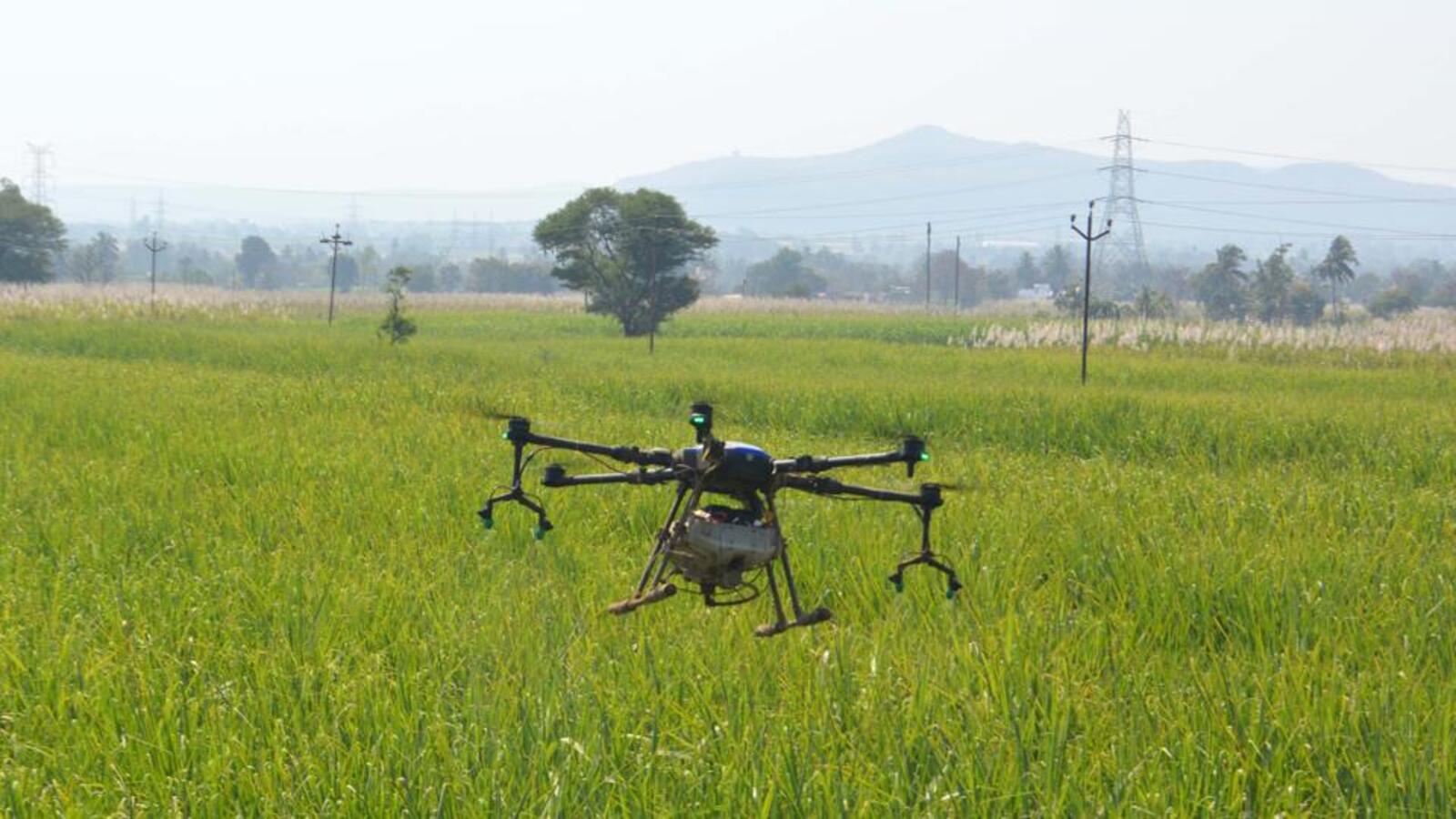- Arvind's Newsletter
- Posts
- Arvind's Newsletter
Arvind's Newsletter
Issue No #1052
1.India To Expand E-Bus Fleet By 80% In Fiscal 2025, Says Crisil Report
India may see a significant surge in the deployment of electric buses, with a projected 75–80% year-on-year increase, reaching 6,000–6,500 units this fiscal year, according to Crisil Ratings.
A series of policy initiatives and budget allocations aimed at reducing carbon emissions in public transport and fostering the adoption of e-buses are driving this rapid growth, albeit from a small base.
A key factor behind the increasing adoption is the Gross Cost Contract, or GCC, model, which has emerged as the preferred route for e-bus procurement by state transport undertakings, the report said.
Crisil predicts declining battery costs will lower e-buses' purchase price, potentially benefiting STUs through reduced rental rates and boosting their adoption through economies of scale in production.
2.Wayanad landslides: 123 dead, armed forces deployed; IMD predicts more rain
The death toll due to massive landslides in Kerala’s Wayanad on Tuesday jumped to 123 as dozens of bodies were recovered from the debris during the ongoing search and rescue operation by the officials.
According to the latest information, a total of 250 people have been evacuated from the landslide affected areas of the hilly district.
3.Centre increases incentives by 37.5% to boost drone manufacturing
The central government has increased the amount of business incentives to boost drone manufacturing in the country by as much as 37.5% to ₹165 crore to be spent over three years, two officials said.
“The government is focused on making India a drone hub by 2030. It is working hard towards the goal and has till date established 109 training organisations, issued 10,603 remote pilot certificates, 22,943 unique identification numbers for registered drones and 67 DGCA-approved type certificate for drone models,” one of the officials said.
4.Advertising, not pay model, likely to drive revenue for video business; Vanita Kohli-Khandekar in Business Standard
Growth of online video depends on ability to attract audiences looking for free video, says Omdia research
After a brief period of rising pay revenue, the global video business is back to bundling and advertising in its quest to scale up. At over $200 billion in 2023, online video advertising is now the top source of revenue for the global media and entertainment business. It will remain so in 2028 when it will bring in $327 billion in revenue.
By then, it will rise over either pay TV or subscription video on demand (SVoD). The number of SVoD services is now set. No new major streaming services are expected as growth grinds to a halt. For most major SVoD services a hybrid offering both advertising and pay tiers is the way to growth.
Netflix is leading that charge. Its recently launched ad tier (in 12 countries) drove 6 per cent of subscriptions, and 1 per cent of extra ad revenue in 2023. By end of 2024, all major SVoD services will have an ad-tier.
5.Paris Olympics' $1.5 billion Seine cleanup thwarted by rain
The city of Paris set aside a reported $1.5 billion to clean up the Seine River for use during the Summer Olympic Games. But things aren’t quite going as planned.
Despite Paris’s attempts to turn the Seine into the centerpiece of the games (even using it as a quasi-runway for the opening ceremony), heavy rainfall last week and into the weekend has forced the city to press pause on plans to use the river for water sporting events in this year’s games. Organisers cancelled river training for the second straight day Monday, citing unsafe pollution levels.
Tests done on Saturday “revealed water quality levels that in the view of the international federation, World Triathlon, did not provide sufficient guarantees to allow the event to be held,” Paris 2024 said in a statement. The organization is “confident” the men’s triathlon will take place in the river Tuesday.
6.China’s low-tech manufacturing industry, the driver of the nation’s economic boom, is struggling.
The country’s share of global Nike and Adidas apparel sales fell from 20-27% in 2017 to 16-20% in 2022. Orders are down and companies are shifting elsewhere — partly because growth means Chinese workers’ wages are up and partly to de-risk supply chains as Beijing-Washington tensions grow.
The shift also represents an active choice: Chinese leader Xi Jinping is focused on high-tech industries and his efforts are bearing fruit, with Chinese EV manufacturers in particular increasingly dominant.
7.“The lipstick effect” is a phenomenon in which people buy more lipstick during times of economic hardship.
Brighter lips apparently means tighter pursestrings.
8.The weight-loss drug semaglutide, aka Ozempic, may make it easier for people to quit smoking.
A study found people taking the drug for diabetes were 32% less likely to seek medical care for tobacco addiction than those receiving insulin. It’s an observational study, meaning scientists cannot be sure of the causal link — the drug may, for instance, be making people less likely to visit doctors, rather than more likely to quit smoking — but there are hints that drugs like semaglutide have an effect on willpower, addiction, and desire.
Anecdotes and other observational studies have hinted that people on the drug find it easier to quit alcohol and gambling, too, although more research is needed.







